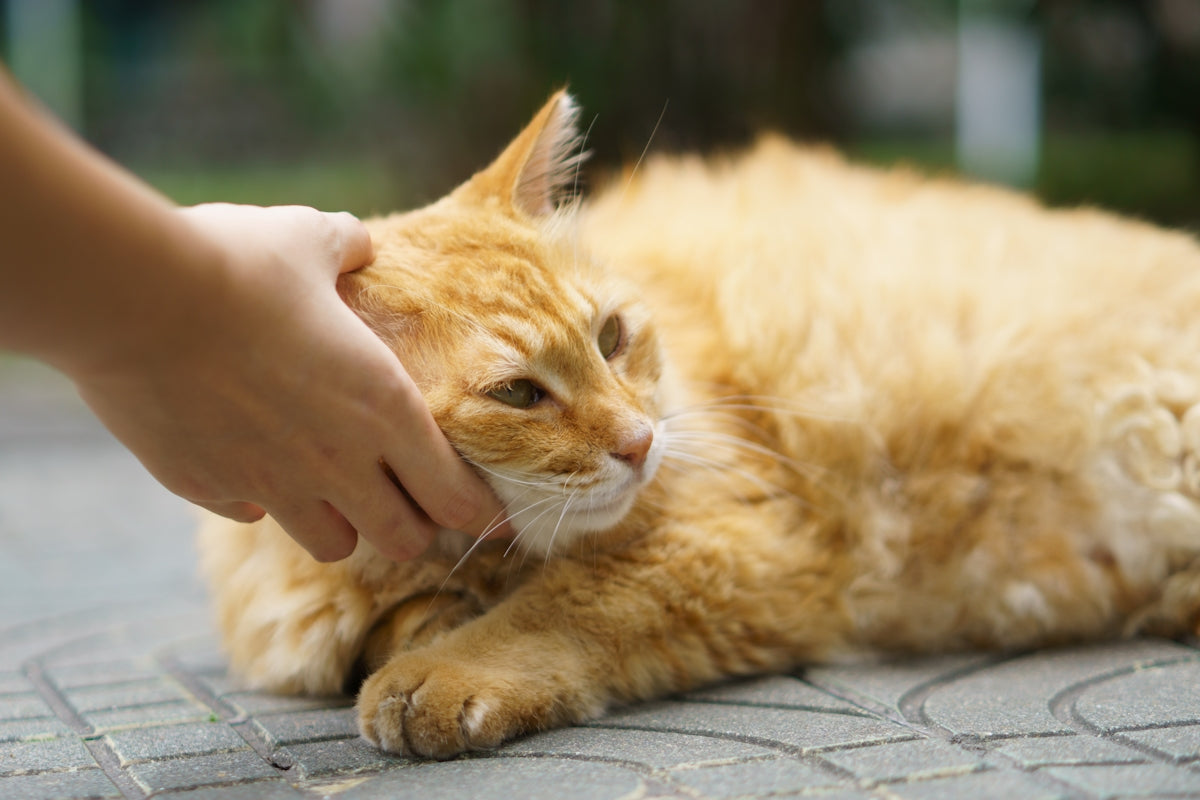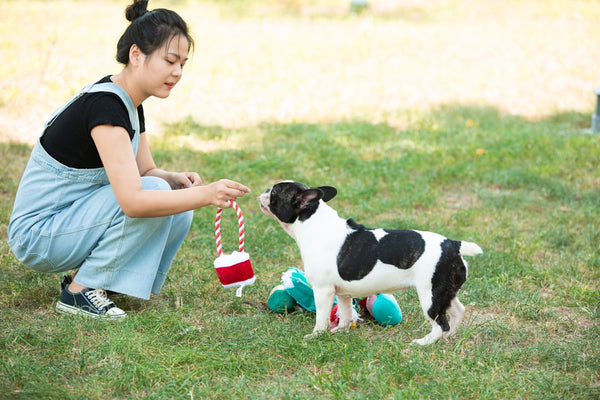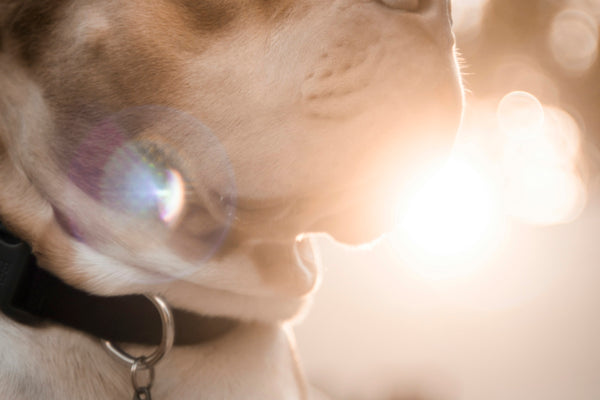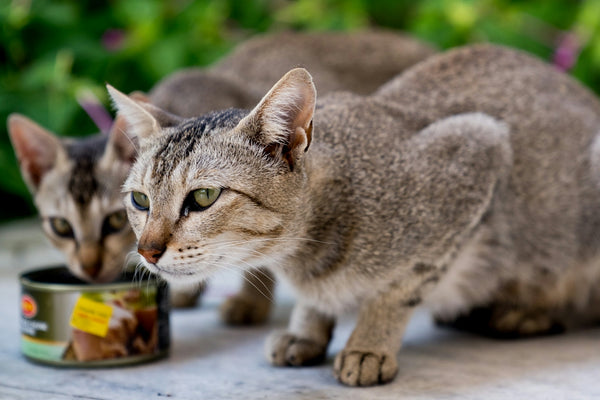Our understanding of pet nutrition has evolved dramatically over the years, shaping the health and well-being of countless companion animals. The historical journey of pet nutrition is a fascinating topic that highlights how scientific advancements and changing societal values have influenced what and how we feed our furry friends today.
Ancient Times: Scraps and Survival
In ancient eras, domesticated animals such as dogs and cats relied primarily on the leftovers from human meals. Initially, these pets were valued for their utility rather than companionship, and their nutrition was not a major concern. Dogs often accompanied humans on hunts, scavenging for scraps, while cats hunted small rodents, supplementing their diet with whatever they could catch.
The Birth of Commercial Pet Food
The landscape of pet nutrition began its transformation in the mid-1800s with the invention of the first commercially prepared pet food. An entrepreneur named James Spratt developed a prototype pet biscuit inspired by hardtack used on long sea voyages. His dog cakes, made from wheat, vegetables, and animal blood, laid the groundwork for the pet food industry.
By the early 20th century, newly formed pet food companies were producing dry kibble and canned foods tailored explicitly for pets. These products were designed for convenience and gained popularity as marketing emphasized ease of use and health benefits. As scientific understanding of animal nutrition grew, so did the sophistication of these products.
Modern Science and Specialized Diets
Today, pet nutrition has become a finely tuned science driven by research in veterinary medicine and animal science. The focus has shifted towards understanding specific dietary needs, including life stages, breed-specific guidelines, and medical conditions.
Backed by science, modern pet foods are formulated to provide balanced nutrition that supports overall health, longevity, and quality of life. These advances also include the recognition of proper hydration's critical role in pet wellness, which leads to the development of products like the PetHydrate Automatic Cat Bowl & Water Fountain. Such innovations ensure that pets have constant access to fresh water, an essential component of a balanced diet.
Holistic and Alternative Trends
In recent years, there has been an increasing interest in holistic pet nutrition, mirroring trends seen in human diets. Pet owners are more conscious than ever about the ingredients and sourcing of their pets' food. Organic, grain-free, raw, and even vegan options have entered the market, reflecting this growing concern for natural and sustainable nutrition practices.
Holistic products often focus on minimal processing and include supplements that promote specific benefits such as joint health, skin and coat care, or improved digestion. Pet parents are opting for these tailored solutions that align with their health beliefs and preferences.
The Future of Pet Nutrition
The evolution of pet nutrition will likely continue as it intersects with advancements in technology, sustainability, and a deeper understanding of animal biology. The industry is moving towards personalized nutrition, including the potential for lab-grown meat products and AI-driven meal plans that adapt to individual animals' changing needs over their lifespan.
As our pets transition from utilitarian partners to beloved family members, the commitment to their health and wellness becomes a top priority for many. By embracing scientific advancements and holistic approaches, the future of pet nutrition holds promising possibilities that will further enhance the lives of our cherished animal companions.
For more resources and products related to pet care, you can visit My Pet Collective.








